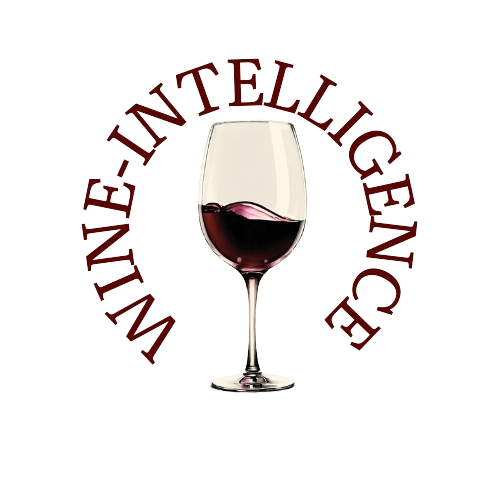Spain’s domestic wine consumption has registered a modest decline of 0.7% year-on-year in the period up to May 2025, totaling 9.76 million hectoliters, according to data from the Wine Market Information System (INFOVI) analyzed by the Spanish Interprofessional Wine Organization (OIVE).
While the overall decrease seems minor, the details reveal a more nuanced story. From November 2023 to May 2025, only a few months posted negative consumption changes: September 2024 (-0.1%), February 2025 (-0.2%), April 2025 (-0.5%), and May 2025 (-0.7%), resulting in a cumulative reduction of approximately 68,640 hectoliters.
This small decline comes after a period of volatility caused by broader economic challenges. Following the inflation surge of late 2021 and 2022, which curtailed consumer spending, price stabilization from 2023 onward appears to have helped maintain steadier wine consumption in Spain. Since November 2022, monthly apparent consumption has remained within a relatively narrow band—between 9.6 and 9.9 million hectoliters—showing signs of resilience.
A closer look at monthly figures reveals the volatility within the broader stability:
- January 2025: Consumption increased by 1.2%, reaching 0.71 million hectoliters.
- February saw a sharp decline of 20%, dropping to 0.6 million hectoliters, making it the second worst month since 2017 (after February 2021).
- March rebounded with a modest 0.6% increase to 0.8 million hectoliters.
- April followed with a healthy 4.7% rise, reaching 0.88 million hectoliters.
- May, however, fell again by 1.8%, ending at 0.89 million hectoliters.
By sales channel, Nielsen IQ’s data for April–May 2025 highlights a -0.6% decline in volume in both the food and hospitality sectors. Yet, value sales grew by +2.3%, thanks to maintained pricing. The average price reached EUR 5.15 per liter, a +2.9% increase compared to the same period in 2024.
In total, the food and hospitality sector accounted for 6.347 million hectoliters sold, below INFOVI’s broader consumption estimate. The total value of these sales reached EUR 3.2705 billion, with the average price per liter at EUR 5.01—also higher than the year before.
The gap between Nielsen IQ’s sector-specific figures and INFOVI’s broader data reflects the importance of alternative distribution channels, such as wine shops, wine clubs, online platforms, direct winery sales, and self-consumption. These non-traditional channels accounted for an estimated 3.41 million hectoliters in the April–May period, showing a slight decline of -0.9%. Some analysts suggest that hospitality sector estimates may be understated, further complicating the data landscape.
While the wine market in Spain remains relatively stable, 2025 underscores the shifting dynamics in consumer behavior, price sensitivity, and channel diversification. Ongoing economic monitoring and deeper insight into niche channels will be vital for accurately understanding domestic demand.
Source: Vinetur

